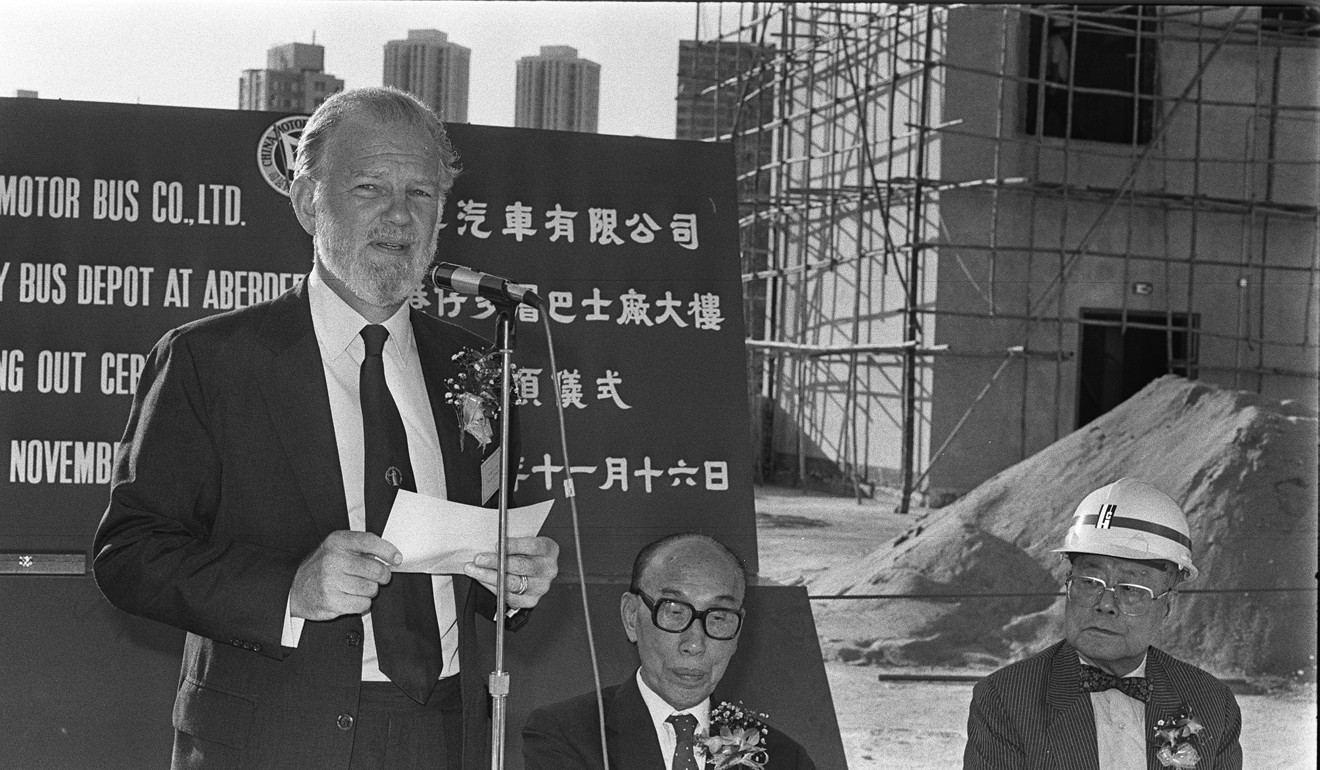
Letters | Hong Kong’s road pricing plan for Central is a good idea: here’s why it may not work
- The electronic pricing scheme for Central looks like a piecemeal initiative, rather than a coherent transport policy that will be good for the Hong Kong travelling public as a whole
- It is also not clear who benefits, and why, from the collection of funds
Civic Exchange recently held consultation forums with the city’s transport experts and the views are consistent: electronic road pricing is the right tool to pursue as part of the government’s transport policy to ease congestion, but the framing of the policy is extremely poor. This has already led to widespread opposition from both local lawmakers and the public at large.

There are at least two issues with the framing. The first is that electronic road pricing seems to be positioned as a piecemeal initiative, rather than a coherent transport policy that is good for the Hong Kong travelling public as a whole. This creates the perception that the pricing system penalises drivers without concrete benefits (other than easing congestion, which is difficult to grasp).
It is worth noting how some transport experts remarked that the government lacks a champion in pushing electronic road pricing, which brings us back to the government’s failings on its road-based transport policy, especially on the issue of how the progressively scarcer road space should be prioritised and allocated.
In contrast, in cities such as London or Singapore, a top government official is always championing a holistic policy vision and is able to explain how a particular policy tool fits into the greater policy objective. Unless we solve these issues, the electronic road pricing scheme is likely to suffer the same fate as the tunnel toll adjustment proposal.
Evan Auyang, chairman, Civic Exchange


